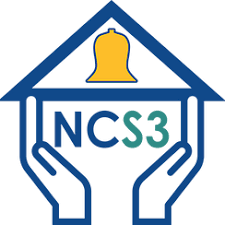DescriptionThe impact of traumatic experiences is so significant that it can hinder the brain’s normal development. This disruption causes behavioral, emotional, academic, and other developmental changes. Seemingly simple things like a facial expression, one’s proximity, or tone of voice, may trigger memories of a painful event. This can lead to aggression, isolation, perfectionism, and more. Evidence suggests that with supportive educators and a healing-centered school community, students can learn, achieve, and begin to heal.

NEA acknowledges the National Center for Safe Supportive Schools (NCS3) for their review and endorsement of this micro-credential stack.